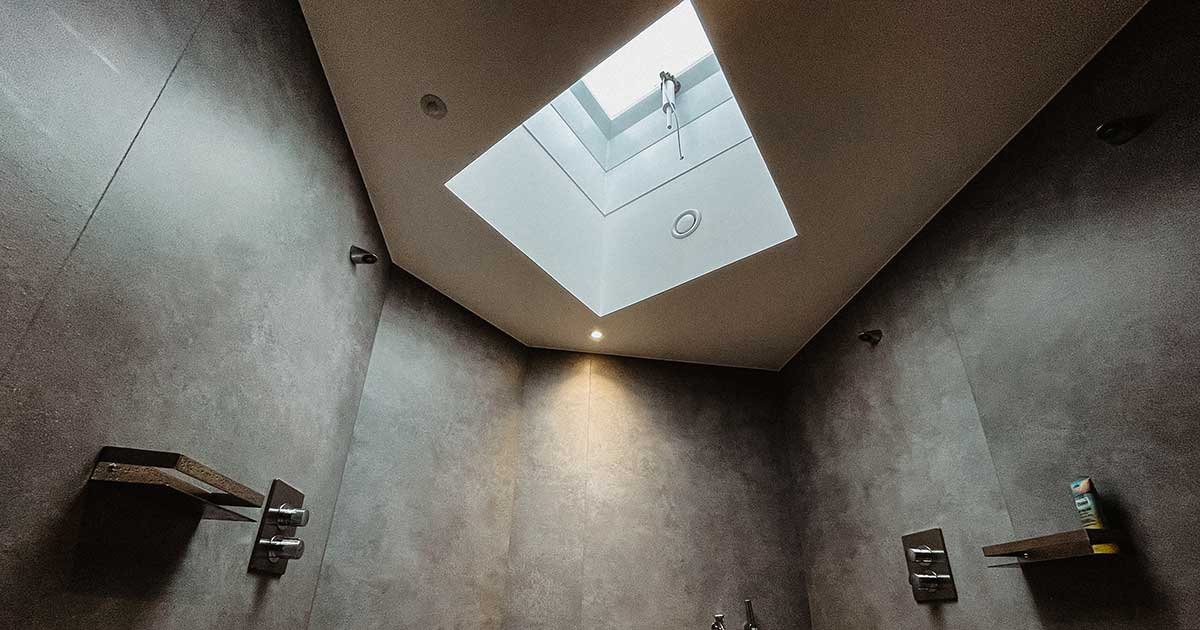Electric drives in damp rooms
We often receive inquiries as to whether our drives are suitable for use in bathrooms for ventilation purposes.
First of all, I would like to clarify that a residential bathroom is not a wet room, but rather a "room with a bathtub or shower" in the sense of the VDE. But, of course, that doesn't answer the question. So let's first distinguish:
Water (rain, splash water, ...) that enters the drive from the outside and damages it
Here we are talking about the protection class of an actuator. So for example IP 20, IP 54 or IP 65. The last of the two digits (in the example 0, 4 or 5) says something about the protection against water penetrating from the outside. Here are the meanings (incomplete list):
0: no protection
...
4: protection against splashing water
5: protection against water jets
...
We specify the protection class with our products. IP 65 means, for example, that you can splash water on the drive with a garden hose for a short time and it will not break. However, the protection class is not the core problem, but:
Condensate that forms inside the drive
In the technical data of the drives, there are always references here to the fact that the humidity must not exceed 80% relF and, above all, mustnot condense. So what does this mean?
The air inside the actuator is always the same as the air surrounding the actuator. A high degree of protection, for example IP 65, does not protect the actuator from air exchange with the environment. This cannot be prevented. Air exchange even takes place via the connecting cable.
You are probably familiar with the fact that fine drops of water form on a bottle taken out of the refrigerator. The warm room air condenses on the cold bottle and the water contained in the warm room air condenses on the cold bottle.
Warm air can absorb much more water than cold air. Wikipedia describes this fact very well.
Spindle actuators usually have an aluminum push rod that cools down when the window is open outside and brings "cold air inside" the actuator. This allows the warm air inside to condense on the cold push rod. This causes water droplets to form, destroying the actuator.
The specification "non-condensing air" with max. 80% relative humidity therefore means: You must ensure that you do not have standing foggy air when showering and - especially when it is cold outside - that the actuator does not cool down.
Experience shows that very few problems with rusted drives occur in residential areas. In the commercial or public sector (communal showers in gymnasiums, etc.), it has certainly happened in the past that drives rust.
So our recommendation is:
Do not use chain drives. Water runs into the inside of the chain and destroys the drive within a short time. Chain drives have no protection against water penetrating from the outside.
Spindle drives in the living area rarely cause problems, as long as you also use them and really ventilate the bathroom after showering or bathing. So open completely for a short time and shock ventilate. Do not open the dome light or window just a crack wide for long periods of time, that would be the wrong way to go.
And now the most important thing: The decision whether to install an electric drive in the bathroom is ultimately yours alone to make. Corroded drives are always excluded from any warranty or guarantee.




